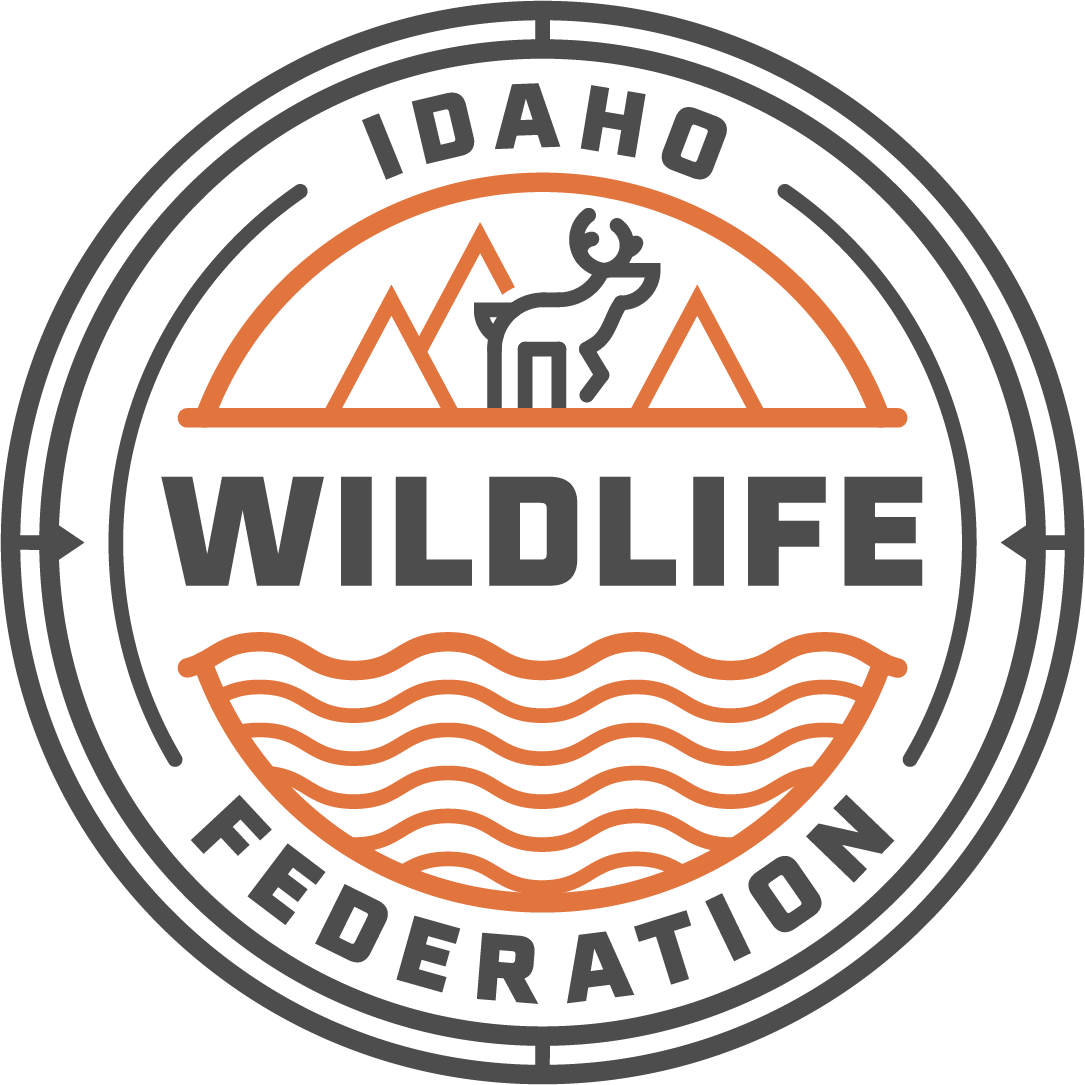IWF’s Big Game Migration Assessment Will Shape Salmon-Challis Forest Management
Background
The following is a simple equation which most are familiar with: If we want to maintain or enhance hunting, we have to ensure big game herds flourish. To ensure herds flourish, they must have good habitat and forage (lack of quality habitat is the largest cause of mortality.) To secure their access to this habitat, we have to do what we can to facilitate their migration between summer and winter ranges while maintaining the lands between.
It’s that last part - the movement of animals - that has been the focus of big game science in recent years. Modernization of satellite collars has provided critical data at large scale while costing less and requiring fewer man-hours. This proliferation of advanced geospatial data has allowed us to precisely map migration corridors of individual herds. But just as important as the where, is the when; the tech advancement also provides precise timing of movements and stop overs. Combining this information imparts us with answers to the golden question: why.
Understanding the where, when, and why of big game migration is a power tool for designing informed policies that conserve vital habitats and preserve animal populations. As it turns out, losing the ability to migrate has led, and will continue to lead, to sudden and dramatic declines in big game populations (Bolger et al. 2008). Preserving connectivity along migration routes and resources within the pathways will protect big game herds. This means working to prevent physical disruption, navigating socio-political and logistical obstacles, and coordinating among many different human interest groups, such as residents, biologists, and land managers; government, research, industry entities; tribal governments; management jurisdictions and others.
Salmon-Challis National Forest (SCNF)
VIEW Salmon-Challis Migration Assessment
IWF will be using this assessment to work with the Forest Service to elevate big game conservation as a top priority, guiding the Forest Plan revision process to enshrine land management directives that directly benefit herds and their movement across the landscape.
We urge you to take a deeper dive at the Salmon-Challis National Forest Migration Assessment, and follow our interactive storymap that highlights more details of the SCNF like specific mule deer, elk, pronghorn migrations; game fish habitat; and unique regions within its boundaries.



